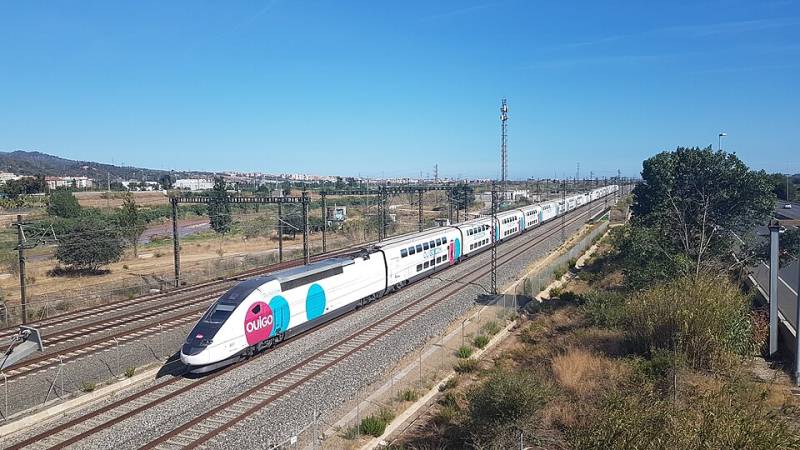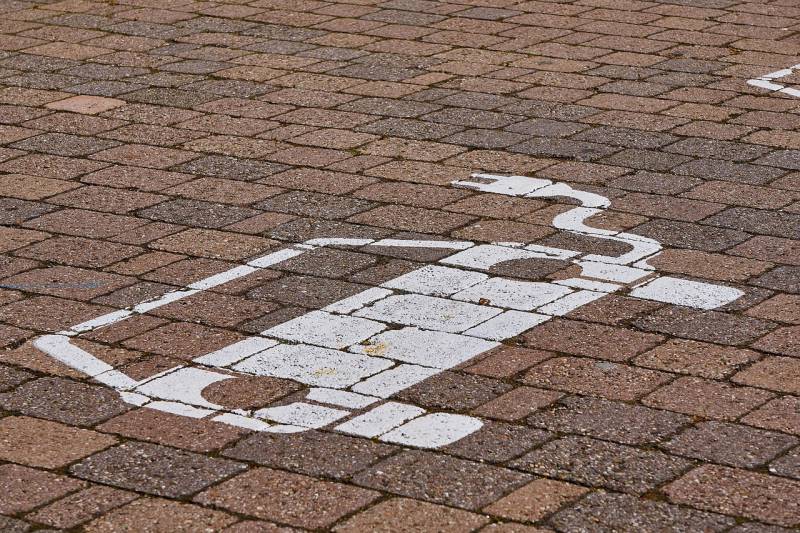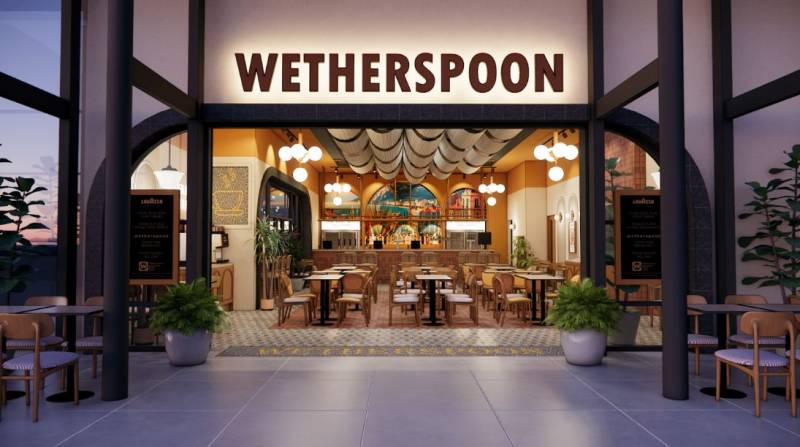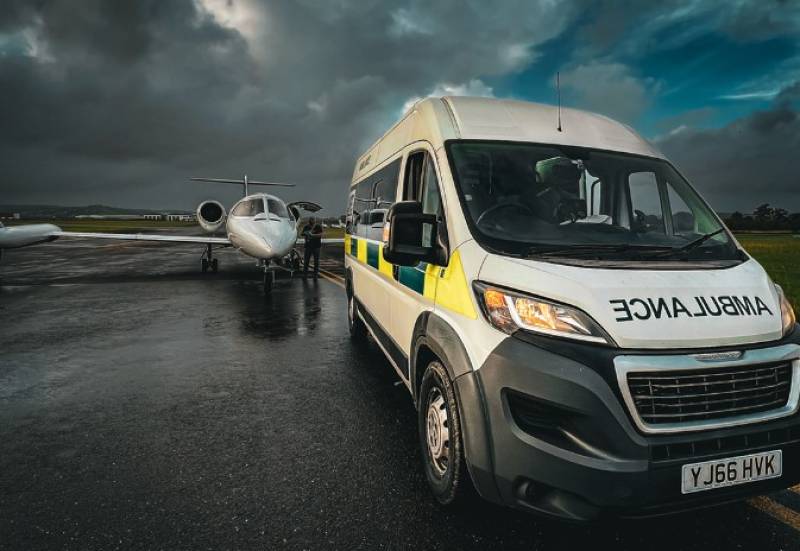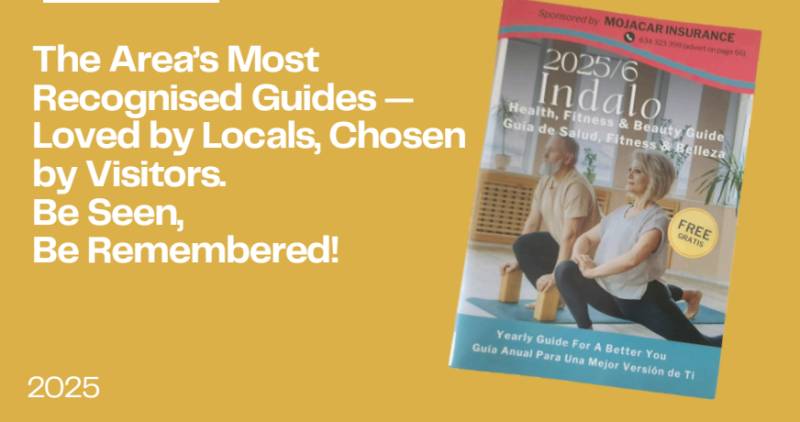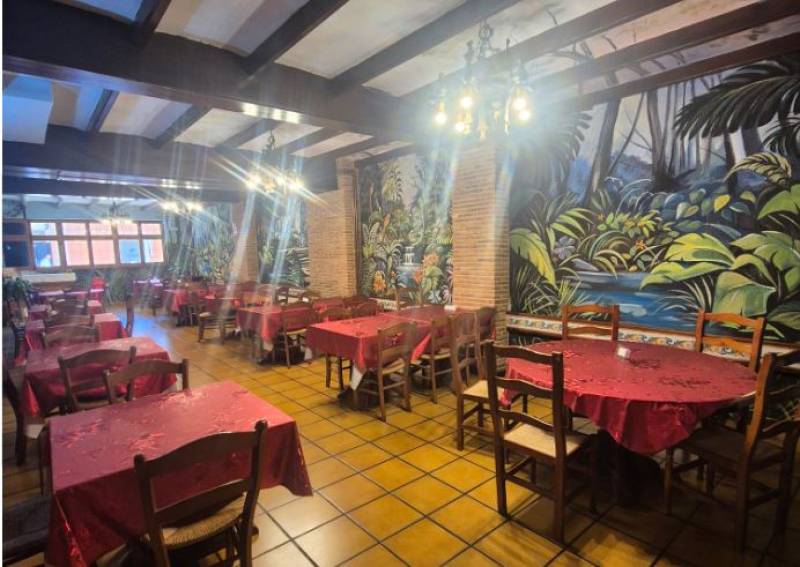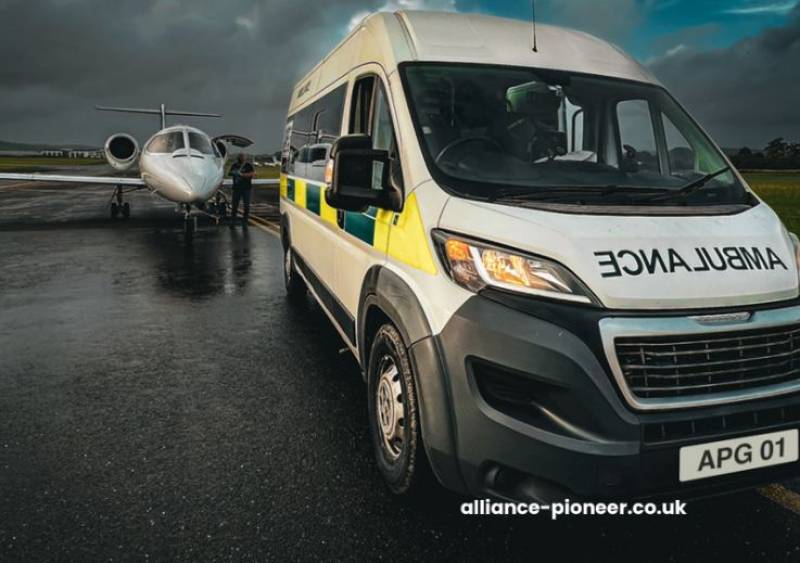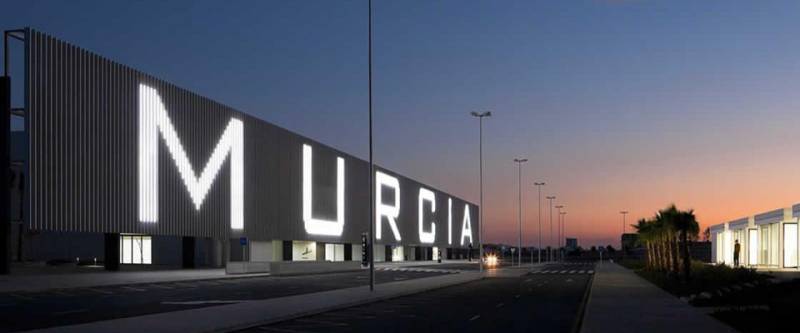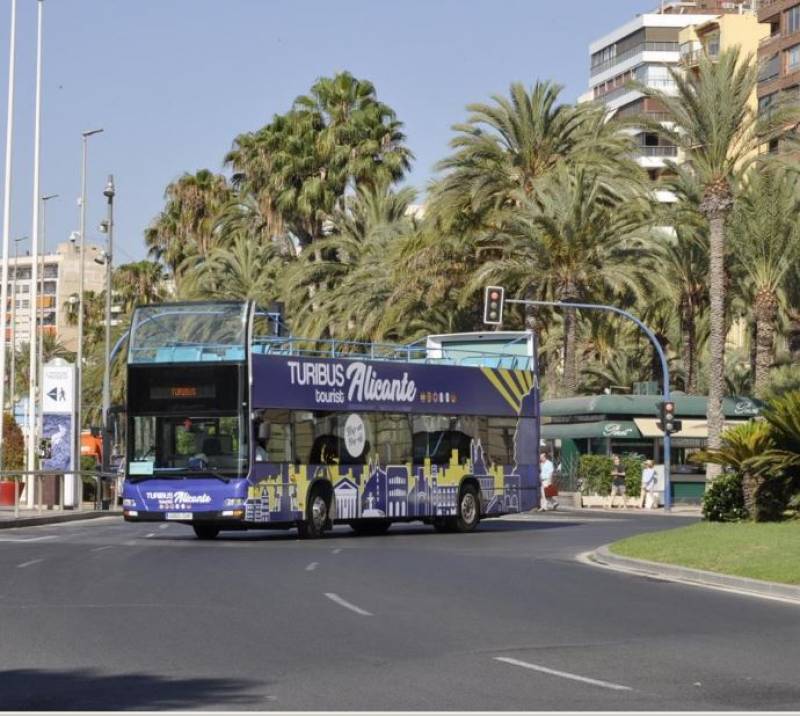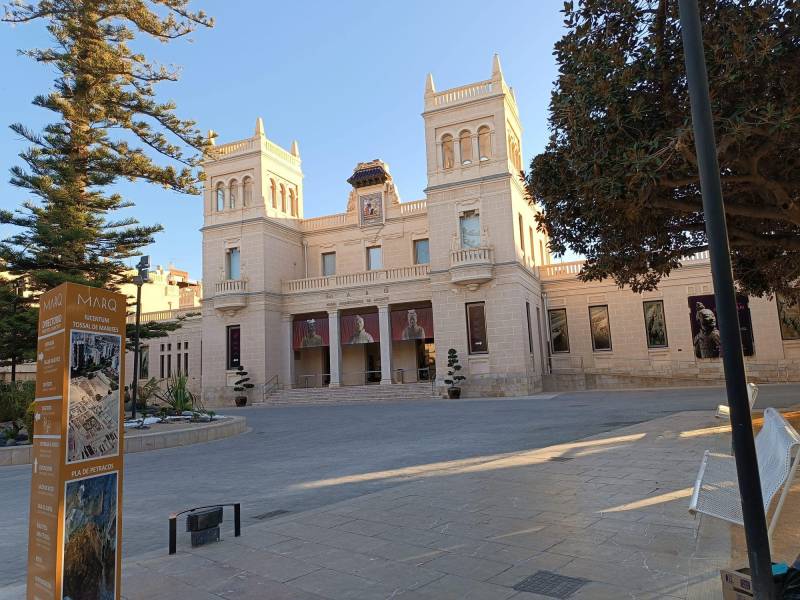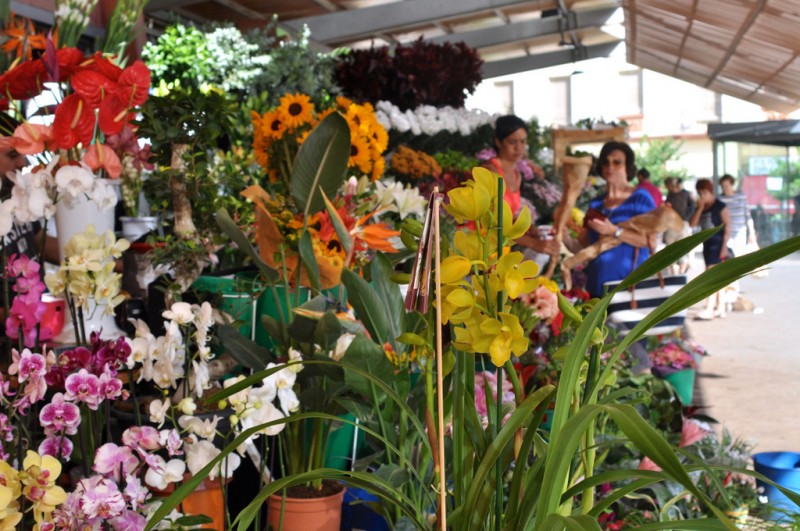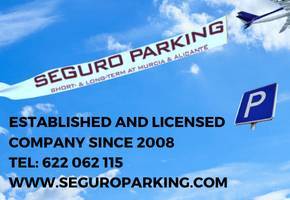Introduction to the City of Alicante
 Although the name of Alicante for most non-Spaniards has long been associated only with beaches and the airport, the city is the 11th largest in Spain in terms of population (with 335,000 inhabitants) and, as the provincial capital, is important in many ways apart from being one of the central hubs of the Costa Blanca.
Although the name of Alicante for most non-Spaniards has long been associated only with beaches and the airport, the city is the 11th largest in Spain in terms of population (with 335,000 inhabitants) and, as the provincial capital, is important in many ways apart from being one of the central hubs of the Costa Blanca.
Although there were Bronze Age settlements nearby, the city itself is believed to have been founded in 324 BC, and is first referred to by the Greeks, who were in this part of Spain well before the Romans. These latter established the city of Lucentum, which was later superseded by the Moorish settlement at the foot of the Benacantil hill, site of the  castle which overlooks the city. After the Reconquista Alicante was included in the Kingdoms of Castile and Valencia, following which the importance of its port ensured constant growth throughout the centuries. In the twentieth century tourism became the main force behind the city’s economy, and in the 21st century it is well positioned to cement the expansion of the last fifty years.
castle which overlooks the city. After the Reconquista Alicante was included in the Kingdoms of Castile and Valencia, following which the importance of its port ensured constant growth throughout the centuries. In the twentieth century tourism became the main force behind the city’s economy, and in the 21st century it is well positioned to cement the expansion of the last fifty years.
The municipality is dominated by the Monte Benacantil, which climbs to a height of 169 metres above the waters of the Mediterranean, and much of the city centre is hilly. Most visitors are familiar with the city’s beaches, from San Juan in the north to El Saladar in the south, but apart from the city centre there are also other features within the 200km2 of the municipality. The highest point is the Cabezón de Oro, at 1,208 metres above sea level (only 100 metres lower than Ben Nevis), and there are also marshland and dry river beds. The island of Tabarca, 22km from the city, also belongs to the municipality.
 Of course the attraction of the beaches and other natural features is complemented by the weather, with an average of only 37 rainy days per year.
Of course the attraction of the beaches and other natural features is complemented by the weather, with an average of only 37 rainy days per year.
The best known part of the city is without doubt the picturesque Explanada de España, which runs for 500 metres along the sea front in the heart of the city, by the marina. But Alicante has plenty more to offer: the Basílica de Santa María, the Concatedral de San Nicolás de Bari and various other monuments date from the 14th and 15th centuries and the Castle of Santa Bárbara was built between the 14th and 18th centuries, although previous fortifications on the hill date back to before the year 1000. The city centre contains dozens more buildings of historical interest, and anyone needing a breather on a busy sightseeing tour has plenty of parks to choose from. The more adventurous might also choose to take the ferry to the island of Tabarca, or visit the Roman remains in the north of the municipality.

The history, landscape, beaches, and climate have all favoured the accelerated growth of the city thanks to tourism since 1950, but on top of that visitors are also attracted by the varied Mediterranean cuisine, the local wines and the fiestas. The best-known of these are the bonfires and fireworks of the Hogueras de San Juan, which are held at the end of June, the Holy Week celebrations and the Romería de la Santa Faz, which is held two weeks after Easter and is the second most popular such event in Spain, normally attracting around 300,000 people.

If foreign trade was the backbone of the local economy in the past, then tourism undoubtedly fills that position nowadays, as a result of all the factors mentioned above. However, despite the number of foreign visitors and inhabitants (15% of the city’s population is non-Spanish), the city retains an essentially Spanish flavour which is still attractive to all kinds of visitor. The new tram network and the local train and bus lines connect residential areas with museums, theatres, the prestigious university and the city centre, and there is always a busy programme of cultural events and festivals going on, at venues including the Teatro Principal, the ADDA and Centro Cigarreras (see what's on tab).

Those living or holidaying close by rightly view
Alicante airport (El Altet), Spain’s fifth busiest, as a gateway to the whole of the Costa Blanca, but anyone thinking that the city itself is not worth a visit would be making a very big mistake indeed!
Where is Alicante City?
Click for map, Alicante, Comunidad Valenciana
Images: Fuente Patronato de Turismo de la Costa Blanca y Agència Valenciana del Turisme
 The history, landscape, beaches, and climate have all favoured the accelerated growth of the city thanks to tourism since 1950, but on top of that visitors are also attracted by the varied Mediterranean cuisine, the local wines and the fiestas. The best-known of these are the bonfires and fireworks of the Hogueras de San Juan, which are held at the end of June, the Holy Week celebrations and the Romería de la Santa Faz, which is held two weeks after Easter and is the second most popular such event in Spain, normally attracting around 300,000 people.
The history, landscape, beaches, and climate have all favoured the accelerated growth of the city thanks to tourism since 1950, but on top of that visitors are also attracted by the varied Mediterranean cuisine, the local wines and the fiestas. The best-known of these are the bonfires and fireworks of the Hogueras de San Juan, which are held at the end of June, the Holy Week celebrations and the Romería de la Santa Faz, which is held two weeks after Easter and is the second most popular such event in Spain, normally attracting around 300,000 people. If foreign trade was the backbone of the local economy in the past, then tourism undoubtedly fills that position nowadays, as a result of all the factors mentioned above. However, despite the number of foreign visitors and inhabitants (15% of the city’s population is non-Spanish), the city retains an essentially Spanish flavour which is still attractive to all kinds of visitor. The new tram network and the local train and bus lines connect residential areas with museums, theatres, the prestigious university and the city centre, and there is always a busy programme of cultural events and festivals going on, at venues including the Teatro Principal, the ADDA and Centro Cigarreras (see what's on tab).
If foreign trade was the backbone of the local economy in the past, then tourism undoubtedly fills that position nowadays, as a result of all the factors mentioned above. However, despite the number of foreign visitors and inhabitants (15% of the city’s population is non-Spanish), the city retains an essentially Spanish flavour which is still attractive to all kinds of visitor. The new tram network and the local train and bus lines connect residential areas with museums, theatres, the prestigious university and the city centre, and there is always a busy programme of cultural events and festivals going on, at venues including the Teatro Principal, the ADDA and Centro Cigarreras (see what's on tab). Those living or holidaying close by rightly view Alicante airport (El Altet), Spain’s fifth busiest, as a gateway to the whole of the Costa Blanca, but anyone thinking that the city itself is not worth a visit would be making a very big mistake indeed!
Those living or holidaying close by rightly view Alicante airport (El Altet), Spain’s fifth busiest, as a gateway to the whole of the Costa Blanca, but anyone thinking that the city itself is not worth a visit would be making a very big mistake indeed!



 Although the name of Alicante for most non-Spaniards has long been associated only with beaches and the airport, the city is the 11th largest in Spain in terms of population (with 335,000 inhabitants) and, as the provincial capital, is important in many ways apart from being one of the central hubs of the Costa Blanca.
Although the name of Alicante for most non-Spaniards has long been associated only with beaches and the airport, the city is the 11th largest in Spain in terms of population (with 335,000 inhabitants) and, as the provincial capital, is important in many ways apart from being one of the central hubs of the Costa Blanca. castle which overlooks the city. After the Reconquista Alicante was included in the Kingdoms of Castile and Valencia, following which the importance of its port ensured constant growth throughout the centuries. In the twentieth century tourism became the main force behind the city’s economy, and in the 21st century it is well positioned to cement the expansion of the last fifty years.
castle which overlooks the city. After the Reconquista Alicante was included in the Kingdoms of Castile and Valencia, following which the importance of its port ensured constant growth throughout the centuries. In the twentieth century tourism became the main force behind the city’s economy, and in the 21st century it is well positioned to cement the expansion of the last fifty years. Of course the attraction of the beaches and other natural features is complemented by the weather, with an average of only 37 rainy days per year.
Of course the attraction of the beaches and other natural features is complemented by the weather, with an average of only 37 rainy days per year.